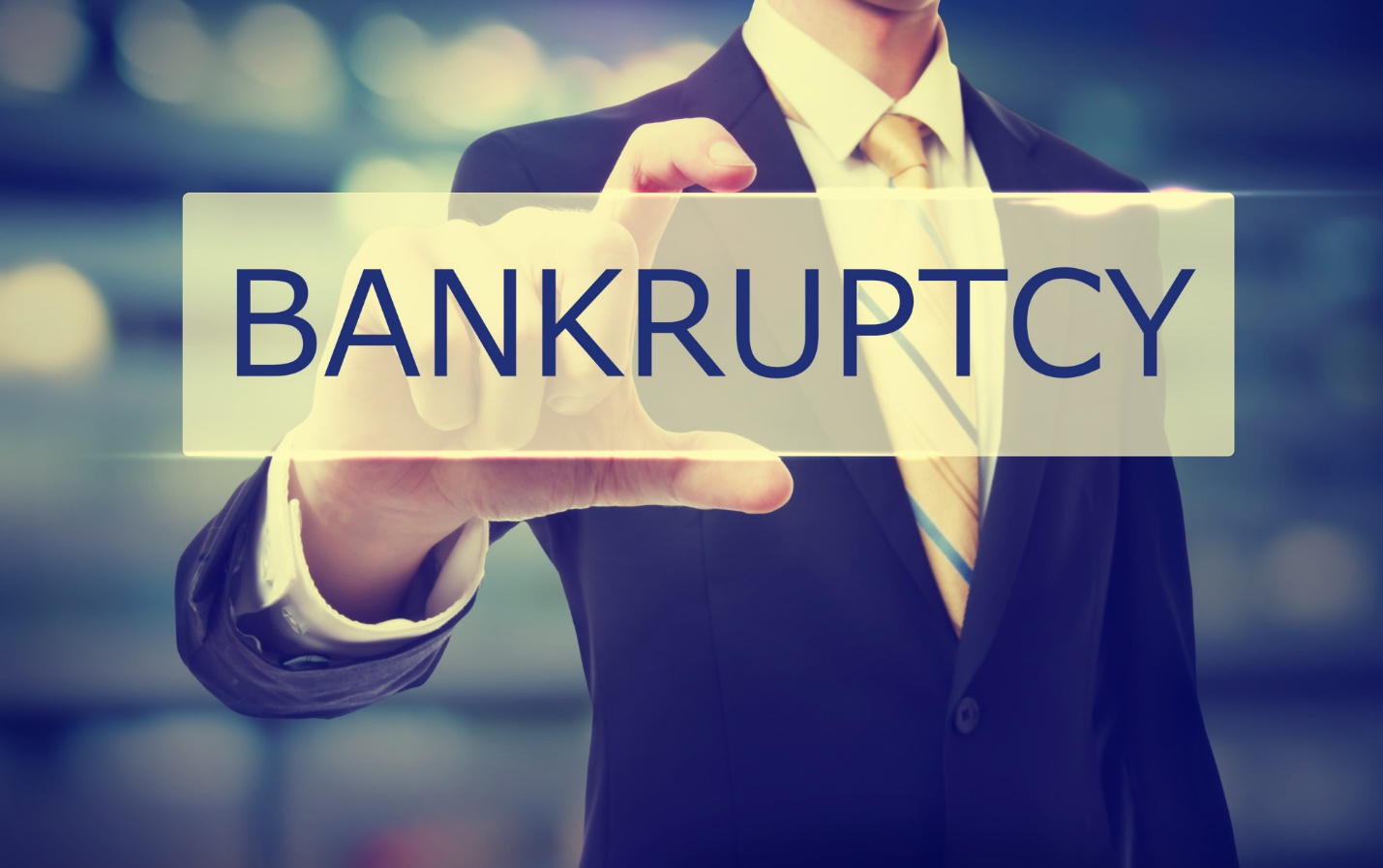Did you know that bankruptcy can sometimes benefit a business?
Despite what many people think, bankruptcy can result in a positive outcome for a business. This is because it gives them a way to pay off debts without having to shut the business down. While there is a type of bankruptcy that results in the closing of a business, it isn’t the only one.
Various types of business bankruptcies exist to help businesses recover. In most cases, a business may lose some assets, but they can stay up and running.
Read on to learn more about business bankruptcy!
What Is Bankruptcy?
In the business world, bankruptcy involves a company that’s unable to pay its debts. Many businesses run into this problem, but bankruptcy can provide them with solutions. The entire process begins when the debtor files a petition, then the assets are evaluated and may be used to pay off debt.
When it comes to understanding bankruptcy, one of the key things you should takeaway is that bankruptcy can be a good thing. Many people have the misconception that a bankrupt business will no longer function. However, it’s simply a means to deal with debt.
Although a business may not have the funds available to pay off debt, they may have assets that can be used. Instead of closing up shop, a business can be relieved of debt while also giving creditors a way to get their money back.
Various types of bankruptcy exist, giving companies several options to choose from. After filing bankruptcy, it will be difficult for a company to borrow money again for several years. The bankruptcy will stay on credit reports, so future creditors will avoid working with a company that has filed before.
Why Do Businesses Go Bankrupt?
While businesses file bankruptcy because they don’t have the funds to pay off debts, they can up there for a variety of reasons. Companies can lose money because of a poor market, lack of financing, and poor decision-making.
Poor Market
Market conditions drastically affect the income of a business because when the market is poor, there will be fewer customers. If the economy is heading downwards, most companies will have a hard time trying to come up with a solution to bring in more money.
When a business suffers a lack of income because of poor market conditions, they may resort to loans to stay afloat. However, they’ll end up facing business bankruptcy if the market doesn’t turn around and they’re still without funds.
Lack of Financing
Many small business bankruptcies happen when owners can’t come up with a way to finance the business. It’s common for small business owners to take out loans in the beginning, but paying off high-interest debts can make it hard to profit.
When taking out a business loan, it’s crucial to find another way to finance the business so that you don’t have to rely on loans. If a creditor sees that you’re in outstanding debt, they may refuse to provide more money.
Poor Decision Making
If those that are in charge of a company are making poor decisions, they can run the company into the ground. This often happens when a company starts offering products or services that their audience doesn’t want. It can also happen if a company does something like provide poor customer service.
When a business wants to succeed, they’ll offer things that customers want. They’ll also monitor their sales to avoid sinking money into things that won’t bring profits. You’ll notice many businesses remove products from their stock. This is because those products aren’t selling and the businesses are wasting money on them.
Types of Business Bankruptcies
Now that you have a better idea of what bankruptcy is and why it happens, you should know what the options are. Fortunately, the Bankruptcy Code includes several chapters that outline what a company’s options are for each type of bankruptcy. Working with a bankruptcy attorney will also help you understand them.
Chapter 7: Liquidation
Business bankruptcy Chapter 7 covers liquidation, which is the process of selling assets to acquire cash. A business should choose this route if they feel there’s no future for the business because all assets will be acquired by creditors. They’ll then use this money to recover their lost funds. In situations where a company needs to liquidate assets such as office furniture, equipment, and other fixtures quickly, partnering with a reputable liquidation company can help streamline the process and maximize returns on those assets.
Chapter 11: Business Reorganization
Business bankruptcy Chapter 11 covers business reorganization, which is what many businesses do when they think they can turn things around. When a business qualifies for Chapter 11 bankruptcy, they’ll come up with a plan to repay creditors.
Throughout this process, a business may terminate contracts, repay debt, and discharge loans to help increase profitability. Before they can go through with this plan, they must present it to creditors for approval.
Chapter 13: Adjustment of Debts
Business bankruptcy Chapter 13 is designed for sole proprietors and smaller businesses. This type of bankruptcy allows owners to file a new repayment plan that aligns with their income. Instead of liquidation being the goal, reorganization is focused as Chapter 13 filers would like to remain in business.
Now You’re Ready to File Bankruptcy
After reading this article, you no longer need to struggle with understanding bankruptcy. Although the idea of bankruptcy can seem stressful, you need to know that it’s a viable, legal way out of debt. While you may lose your business, it’s better than holding onto debt that you can’t pay off.
We encourage you to avoid filing a Chapter 7 bankruptcy for as long as you can. Your main focus should be coming up with a way to repay debt rather than giving everything up. Think about the types of business bankruptcies and opt for the one that will work for you.
Check out our other articles to learn more about business!




